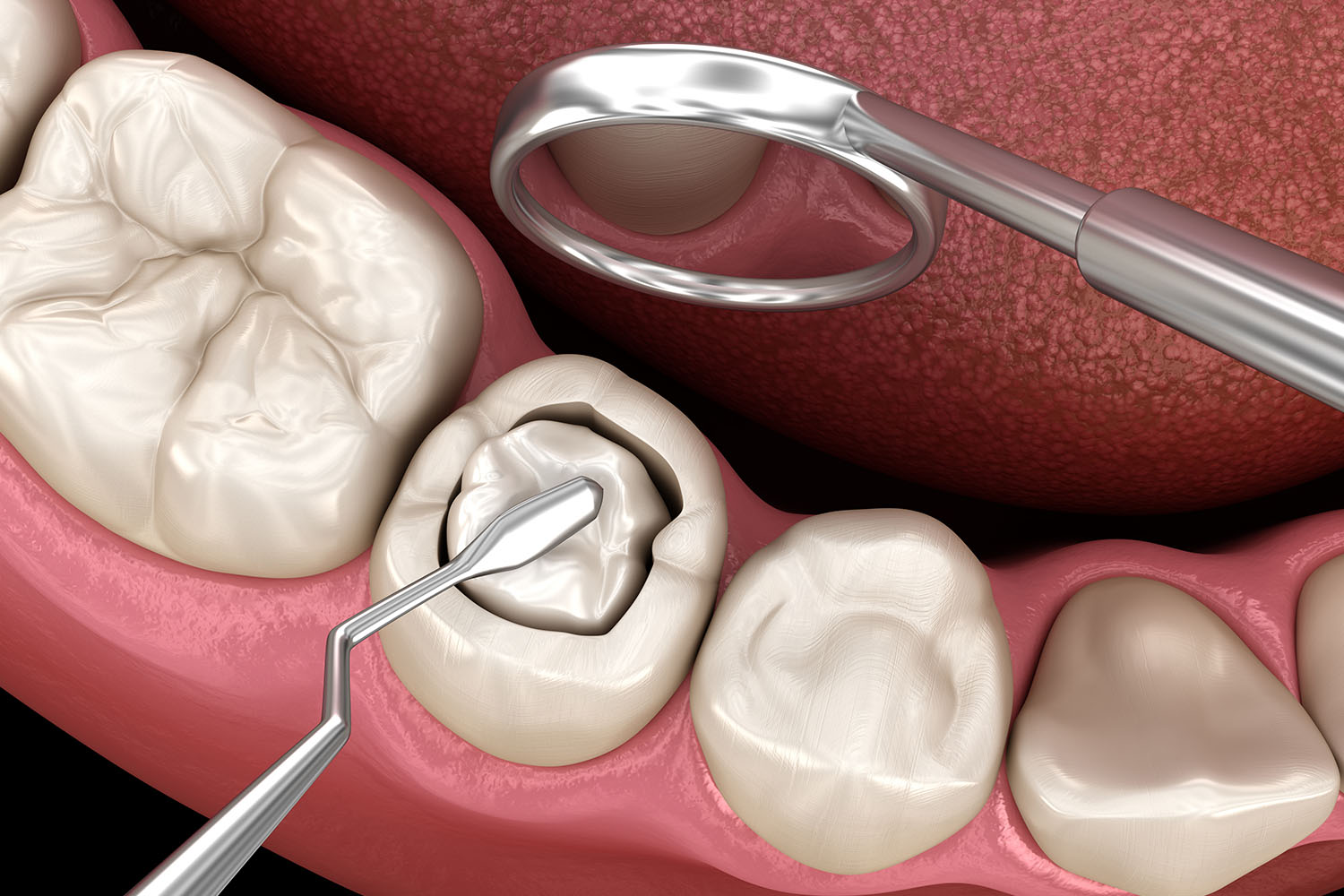Overview
Composite fillings have revolutionized dental care, providing patients with a durable and aesthetically pleasing solution for tooth decay and damage. This blog explores the facts and international research surrounding composite fillings, offering insights into why they have become a preferred choice for dentists and patients alike.
What Are Composite Fillings?
Composite fillings, also known as resin-based composite restorations, are a type of dental filling used to repair decayed, chipped, or broken teeth. Made from a mixture of plastic and fine glass particles, these fillings can be closely matched to the color of the patient’s natural teeth, making them an attractive option for restoring the function and appearance of damaged teeth.
The Advantages of Composite Fillings
- Aesthetic Appeal: One of the most significant advantages of composite fillings is their ability to blend seamlessly with natural teeth. This makes them an excellent choice for visible teeth, providing a natural look that metal fillings cannot achieve.
- Bonding Strength: Composite fillings bond directly to the tooth structure, providing additional support to the tooth. This strong bond helps to prevent further decay and damage.
- Versatility: Composite fillings can be used for a variety of dental repairs, including filling cavities, repairing chipped teeth, and closing gaps between teeth. They are also used in cosmetic procedures such as reshaping disfigured teeth.
- Minimally Invasive: The application of composite fillings often requires less removal of healthy tooth structure compared to traditional amalgam fillings, preserving more of the natural tooth.
International Research on Composite Fillings
Extensive research from various parts of the world supports the effectiveness and safety of composite fillings. Here are some key findings:
- Durability and Longevity: Studies have shown that composite fillings can last for many years with proper care. Research published in the Journal of Dentistry indicates that the average lifespan of a composite filling is about 7-10 years, though many last longer .
- Biocompatibility: International research has consistently shown that composite fillings are biocompatible and safe for use in dental restorations. A study from the International Journal of Dentistry highlighted that modern composite materials have minimal adverse effects on oral tissues .
- Patient Satisfaction: Surveys and studies conducted globally indicate high levels of patient satisfaction with composite fillings. Patients appreciate the natural look and feel, as well as the minimally invasive procedure .
The Procedure of Getting a Composite Filling
The process of receiving a composite filling is straightforward and typically completed in a single visit. Here is a step-by-step overview:
- Preparation: The dentist begins by numbing the area around the affected tooth to ensure the patient’s comfort during the procedure.
- Decay Removal: The decayed portion of the tooth is carefully removed, and the area is cleaned to prevent further decay.
- Etching: The dentist applies a special gel to roughen the surface of the tooth, allowing the composite material to bond more effectively.
- Application: The composite resin is applied in layers, with each layer being hardened using a special light.
- Shaping and Polishing: Once the filling is in place, the dentist shapes and polishes it to match the contours of the natural tooth, ensuring a comfortable bite and smooth finish.
Caring for Composite Fillings
Proper care and maintenance can extend the life of composite fillings. Here are some tips:
- Oral Hygiene: Regular brushing and flossing help prevent decay around the filling and maintain overall oral health.
- Routine Check-ups: Regular dental visits allow the dentist to monitor the condition of the filling and make any necessary adjustments.
- Avoid Hard Foods: Chewing on hard objects, such as ice or pens, can damage composite fillings. It’s best to avoid such habits.
Composite fillings offer a modern, effective solution for dental restorations, combining durability, aesthetic appeal, and safety. With ongoing advancements in dental materials and techniques, composite fillings continue to be a popular choice for both dentists and patients worldwide. Whether you’re dealing with a cavity or seeking to enhance your smile, composite fillings provide a reliable and visually pleasing option for maintaining optimal oral health.



